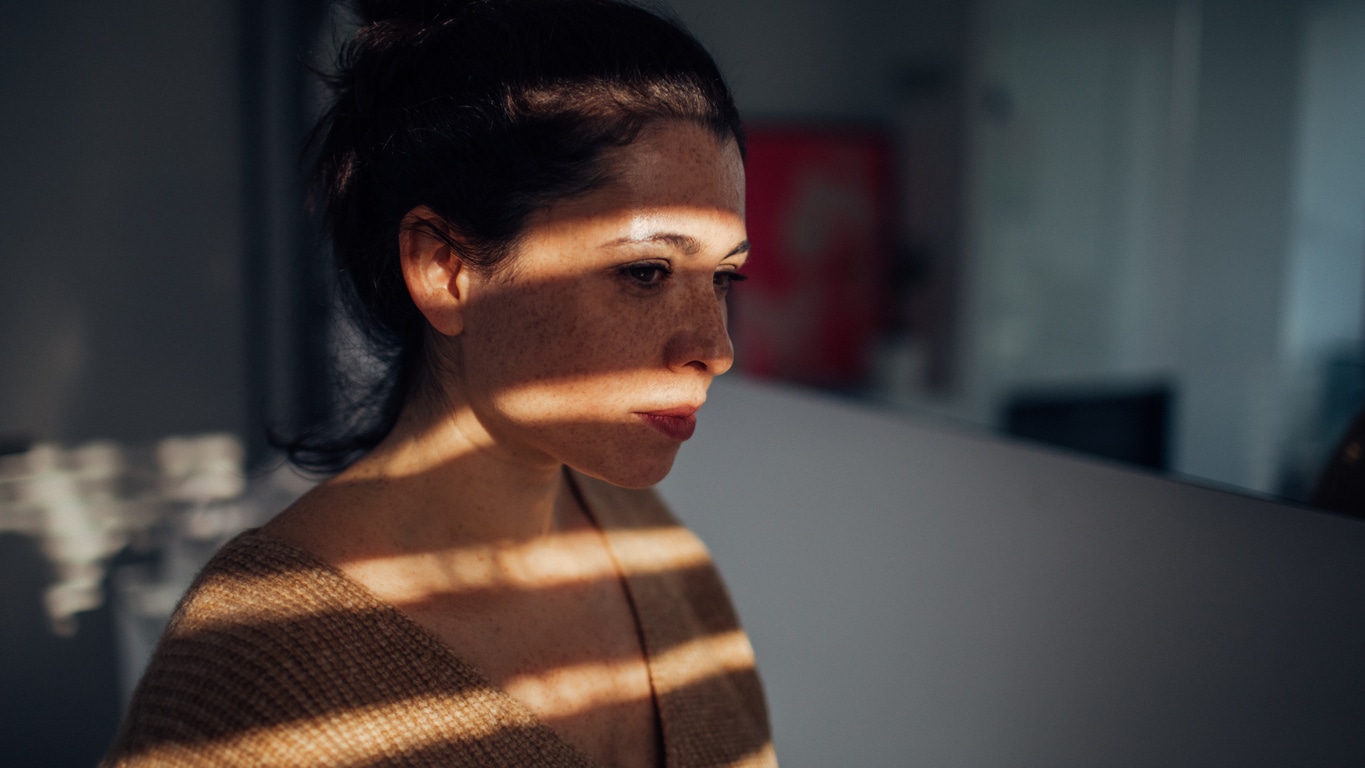Could You Be Suffering From Seasonal Affective Disorder ?
As the days get shorter, the temperatures drop and the sun shines less many of us start to notice a change in our mood and overall well being. If you start feeling like a different person as the fall and winter months approach, you may struggle with the “winter blues” or more formally known as Seasonal Affective Disorder (SAD).Seasonal Affective Disorder is a type of seasonal depression that occurs during the winter months (November – March) and is caused by an insufficient exposure to light.
According to CMHA, “about 2 to 3% of Canadians will experience Seasonal Affective Disorder in their lifetime. Another 15% will experience a milder form of SAD that leaves them only slightly depressed, but still able to live their life without major disruptions.”
As the seasons changes from fall and winter we may develop the following symptoms:
- Lower energy than usual
- Mood changes such as feeling more irritable, sad, etc.
- Diminished productivity
- Lower interest in pleasurable activities or reduced enjoyment in your life
- Lowered interest in socializing
- An decrease or an increase in appetite
- Harder to cope with stress
- Feelings of hopelessness
If two or more of the above symptoms sounds familiar, then you may be struggle with SAD. Before you diagnose yourself, speak to your Naturopathic doctor today to rule out any medical issues. However there are many effective treatment and coping strategies for SAD.
Light Therapy
Because SAD is caused by insufficient exposure to light, light therapy is effective in reducing the symptoms associated with SAD. Light therapy involves sitting in front of a special light for ½ – 1 hour a day, it’s reported that 60-80% of people find substantial relief from light therapy. If interested check out available light therapy lamps on Amazon.
Get all the natural light you can
In the winter months we spend less time outdoors, therefore decreasing your exposure to sunlight. It’s recommended that you spend as much time outdoors in the sun, especially noon-hour sunlight. Inside your home, rearrange your home to maximize your exposure to sunlight such as keeping curtains open, move furniture closer to windows and consider installing skylights.
Diet & Exercise
Daily exercise can help combat stress so even a daily walk can help manage symptoms of SAD. Exercise can get us out of the house but also increase our energy levels and help manage stress. Diet also plays a bit role in the way we feel- sometimes when struggling with SAD we may eat more or less, therefore it’s key to eat regularly and include foods rich in vitamin D and omega-3 fatty acids. We may also have a tendency to crave carbohydrates due serotonin levels. Carbs promote an increased production of serotonin which is our feel-good chemical so it’s important to eat the right kind of carbs such as whole grains, fruit and vegetables and legumes.
Counselling & Cognitive Behavioural Therapy
CBT counselling can help us increase our awareness of distorted thoughts that may perpetuate symptoms of SAD. A counsellor can help you manage your thoughts, increase self-care and learn strategies to better cope throughout the winter months. If you’re experiencing symptoms related to SAD, please consider seeking support now to cope with the upcoming winter months.
If interested in counselling and/or Cognitive Behavioural Therapy (CBT) book an appointment with our resident therapist. Psychotherapy and Counselling services are available at Bronte Wellness Boutique.


